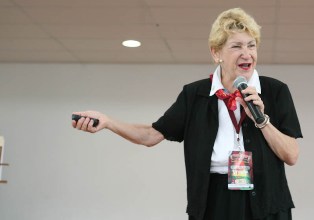Brain studies are proving what good teachers have known for years. When students SEE a photo or picture, and HEAR the word at the same time, they remember the word easier, making it part of their active vocabulary.
Memory can be divided into three temporal stages, according to research by Dr. Steven Peterson, professor in the Department of Neurology at the Washington University School of Medicine.
1. The ENCODING stage. Information is presented, (verbal and /or visual).
2. Information is STORED, and frequently reinforced.
3. RETRIEVAL stage, when stored information is remembered.
You are more likely to remember an object if you are shown a picture of it, rather than just hearing the word that names the object. For example, when you see a picture of an object, such as a lizard, you are ENCODING visual and auditory information, hearing the name «lizard».
If you’re asked to remember the object later, the visual and the verbal codes combine to give you a better memory than just one single code or a simple word.
Now you know the neurological reason why movies, slides, photos, drawings, and flashcards help students to remember more easily, and why UNO vocabulary lessons encourage students to find Internet photos of vocabulary words.
Visual support is imperative to good learning.
________________________________

